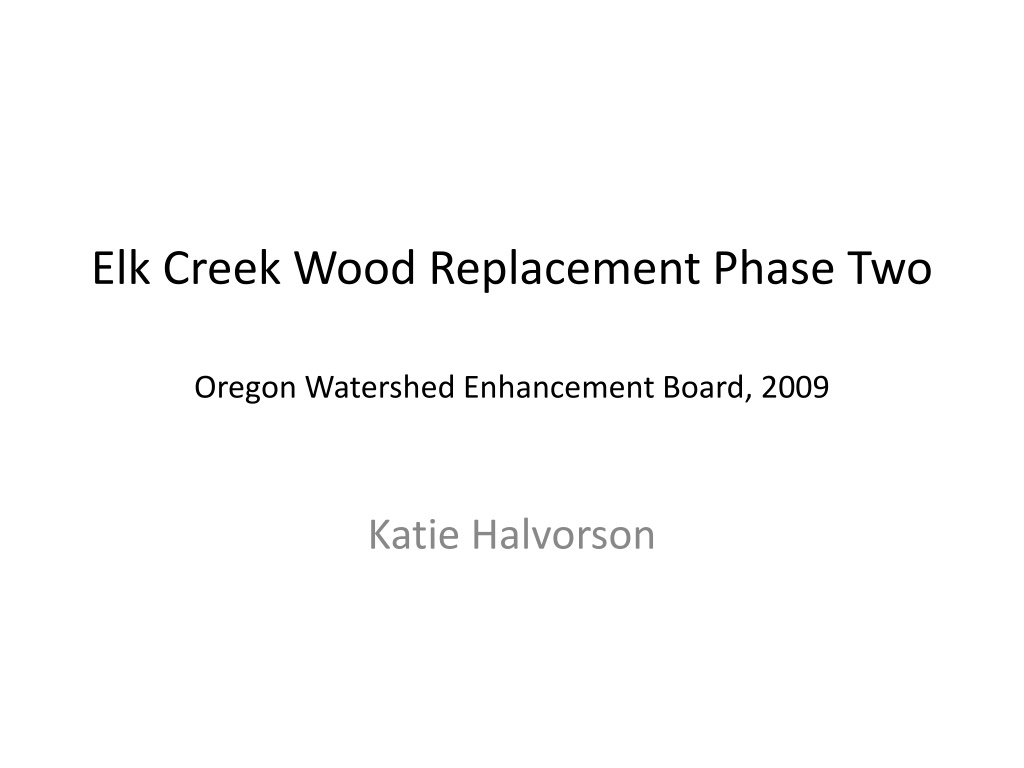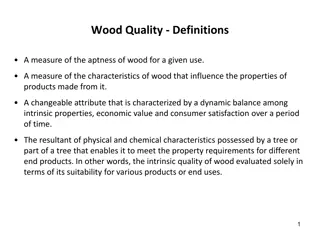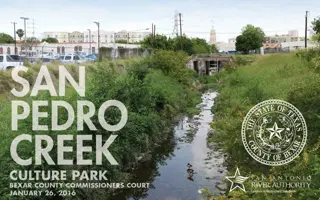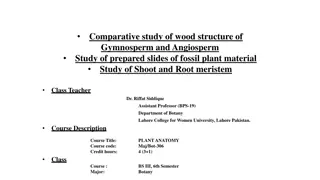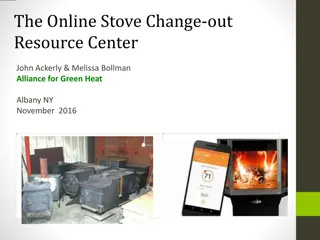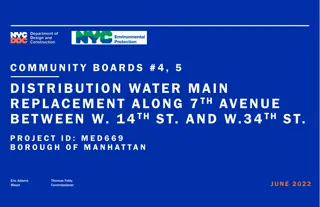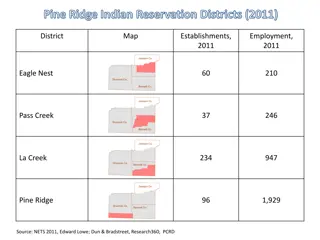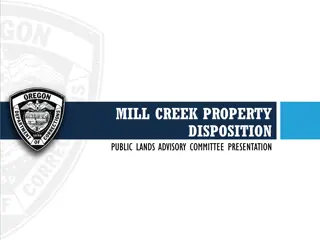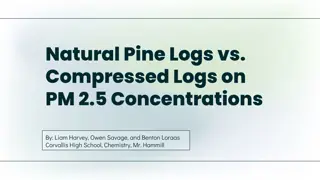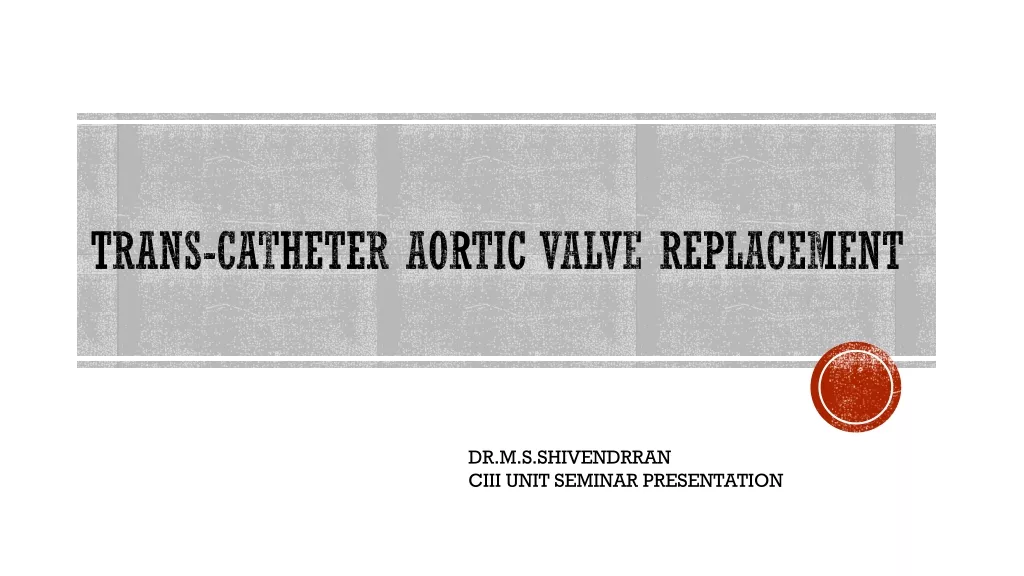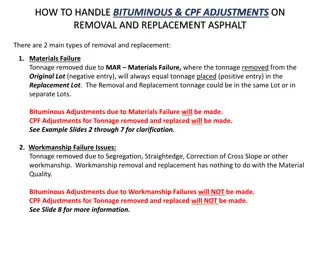Elk Creek Wood Replacement Project Overview
This project, led by the Oregon Watershed Enhancement Board in 2009 and documented by Katie Halvorson, focuses on the replacement of wood structures in Elk Creek to enhance watershed function and habitat complexity for juvenile coho salmon. By addressing the lack of large wood, the initiative aims to improve pool scour, sediment retention, and spawning habitat quality. Through deliberate construction of large wood structures and root wads, the project seeks to anchor and diversify the habitat, with a focus on increasing the number of pools and juvenile coho passage. The importance of wood in watershed health is highlighted, emphasizing its roles in nutrient cycling, elevating stream connectivity, and supporting high-quality spawning grounds. The key site conclusions underscore the dropped fish populations and the importance of monitoring during high-water flows.
Download Presentation

Please find below an Image/Link to download the presentation.
The content on the website is provided AS IS for your information and personal use only. It may not be sold, licensed, or shared on other websites without obtaining consent from the author. Download presentation by click this link. If you encounter any issues during the download, it is possible that the publisher has removed the file from their server.
E N D
Presentation Transcript
Elk Creek Wood Replacement Phase Two Oregon Watershed Enhancement Board, 2009 Katie Halvorson
Stream/site data: 1.5mile reach Stream gradient = 1.2% Average bankfull = 30- 35feet wide No large log jams Watershed above project is 5miles squared
Goals: Improve stream complexity Enhance watershed function Increase number of pools Increase number of juvenile coho through pools
Problems with site: Lacking large wood conditions Total volume of wood = 11.5 meters cubed per 100meters ODFW says undesirable
Importance of wood in watershed: Pool scour Sediment retention High-quality spawning habitat Increases stream elevation to connect channel with floodplain Nutrient cycle processes
Why no wood at this site now? Mainly caused by intentional removal Riparian stands going from mixed to hardwood dominated Removal of conifers from slide draws
What they did: Constructed 16 large wood structures used 52 trees and logs Root wads added Helps increase habitat complexity Aids pool scour Acts as anchor All wood meet standards for permit
Site conclusions: Coho, trout, and steelhead dropped Total length and average pool depth stayed the same Important to check high water flows
Cowan and Sinko Wetland Restoration Monitoring Baker and Miranda, 2006
Objectives: Monitor project effectiveness centered on juvenile salmon habitat use and passage capability.
Cowen wetland facts: Project completed fall of 2002 Restored 80 acres Mouth of Larson Slough Chinook, Coho, and steelhead present
Cowen wetland reconstruction: Pool-weir-chute ladder installed Controls water elevation Allows fish into and out of wetland
Sinko wetland project: Completed summer of 2004 Restored 200 acres that was once dairy cattle pasture
What they did at Sinko: Filling drainage ditches Restoring sinuous channels Plating woody vegetation Installing half-round riser water control structure
Fish and Cowen Two-way vertical slot trap was put at the entrance of fish ladder
Fish and Sinko Box trap was used to catch fish that out through water-control structure
Results: Juvenile coho were found at both sites after completion. Coho was greater
In conclusion: Some projects will get results faster than others. It takes time for the watershed to adjust to the projects.
